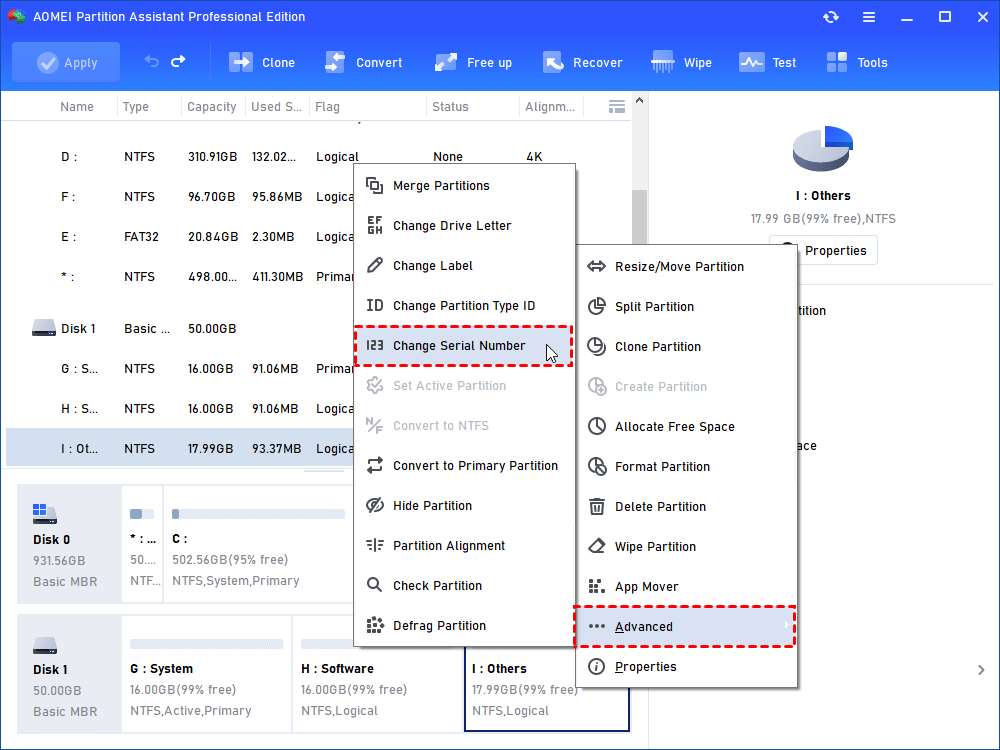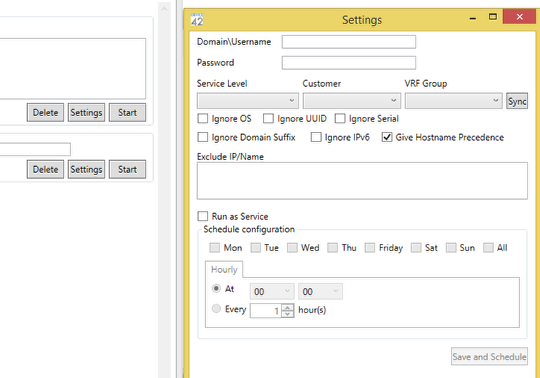

#Automatag change disk number windows
Right-click Windows PowerShell under Apps in the results and choose Run as Administrator. If successful, you should have a prompt that looks like this: DISKPART> In the PowerShell window, type diskpart and press Enter. Note: You can also access DiskPart by running the cmd command to access the command prompt.

If it is not disk 0 they would replace 0 with the number of the drive. Use the following instructions to access disk and partition details. (In my sample above, it is hopefully clear that 0 is the boot drive and the other two are not.) DISKPART> select disk 0 Disk 0 is now the selected disk. Type, list par, to verify that there are 4 partitions, Recovery, System, Reserved, Primary. Disk informationįrom the DiskPart prompt, type list disk and press Enter.
#Automatag change disk number free
This command returns the Disk Number, Status, Total Size, Free Space, whether it is a Dynamic Disk, and if the partition table is GPT. Partition informationįrom the DiskPart prompt, type select disk #, replacing the # symbol with the number of the disk found in the Disk Information section.Īfter you select a disk, type list partition and press Enter. This command returns the Partition Number, Type, Size, and Offset from the start of the disk.

Important: The Primary partition typically stores user and operating system (OS) data. The following list describes common DiskPart commands: The system creates partitions with the types Recovery, System, and Reserved, so you should not alter these partitions. Who is Afraid of Vectors – Optimizing Cryptography Using SSE, AVX, NEON, and Co.Note: These commands run on the selected disk/partition, as previously described.Ĭreate: Used to create a partition, a volume, or a virtual hard disk (VHD).ĭelete: Used to delete a partition or volume (Running this command causes all data on the partition or volume to be lost).įormat: Used to format a partition or volume by using the specified file system (Running this command causes all data on the partition or volume to be lost).Ĭlean: Removes any formatting on the partition or volume (Running this command causes all data on the partition or volume to be lost).Ĭonvert: Used to convert a FAT or FAT32 partition or volume to NTFS while keeping data intact. Peter Schwabe Radboud University Nijmegen

Visitors and Speakers (Fall 2012 – Summer 2013):īenjamin Smith INRIA and Ecole PolytechniqueĮxplicit Isogenies and Endomorphisms of Low-Genus Jacobians: Theory and Cryptographic Applications Naveed Muhammad University of Illinois at Urbana Champaignĭynamic Searchable Encryption via Blind StorageĬandidate Indistinguishability Obfuscation and Functional Encryption for all circuits Provable security of advanced properties of TLS and SSHĬurves and Lattices: putting number-theoretic cryptography into practice Key-Versatile Signatures and Applicationsĭouglas Stebila Queensland University of Technology Toward Robust Hidden Volumes Using Write-Only Oblivious RAMįrom Circuits to RAM Programs in Malicious 2-party Computation Tarik Moataz Colorado State University and Telecom Bretagne Sieving for shortest vectors in lattices using locality-sensitive hashing Thijs Laarhoven Eindhoven University of Technology Sarah Meiklejohn University College London Visitors and Speakers (Spring 2014 – Summer 2015): For directions or other questions contact: melissac. Unless otherwise listed, the colloquia are open to the public. The MSR Redmond Cryptography Group invites researchers to visit the group and speak in our colloquium series. Microsoft Research Redmond Cryptography Colloquium


 0 kommentar(er)
0 kommentar(er)
